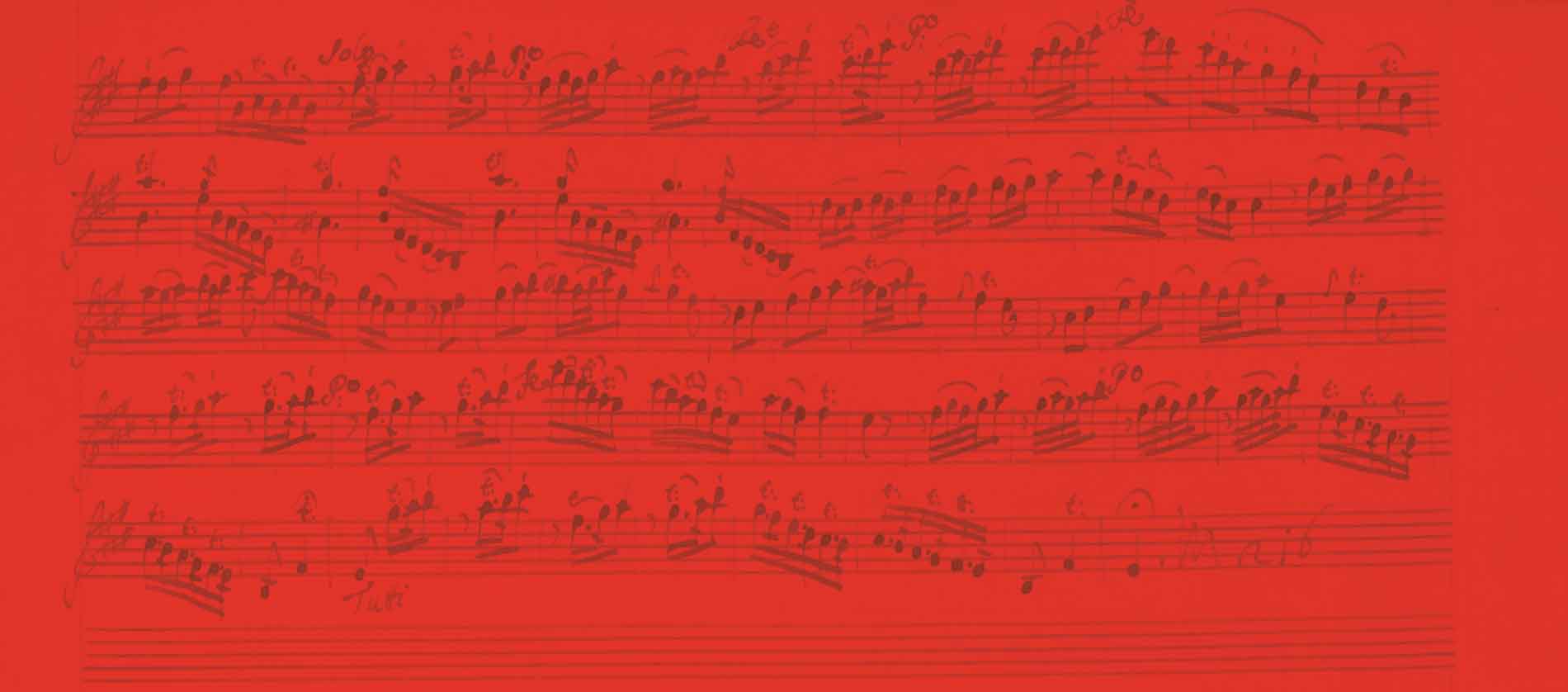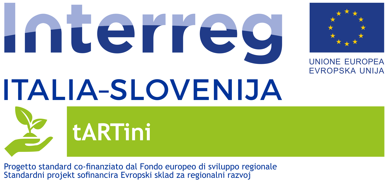The three-year project “tARTini” funded by the Interreg VA Programme Italy-Slovenia 2014-2020 completed its operations on 31 August. By digitalising his artistic, didactic and philosophical legacy, and creating a new cross-border itinerary of sustainable cultural tourism, the worldwide access to the cultural heritage of the great composer from Piran/Pirano, Giuseppe Tartini is now available to musicians and scholars and to the broad public through a single platform.
Among the outputs of the project: the restoration of Tartini’s family house; the integrated presentation of his life and music theory; a number of executions of his works from alive recording; a path for musical tourism inviting visitors in the North Adriatic area: all of this is available on the multilingual website Discover Tartini, where you can find information, documents and research tools about the digital archives of his music works and theoretical writings; the territorial biographic guide called The Tartini Route; and the creative matching of youngsters with their adventures and rhythms in the section Tartini Junior.
- English
-
As it was for his visitors at the time of the Grand Tour, today Giuseppe Tartini is upholding once again the attractiveness of his charm as an added value and integration for cultural tourism in the North Adriatic sea region. His heritage is now available to the whole world thanks to the global access to the multilingual website Discover Tartini ( www.discovertartini.eu ), where you can find an archive of his music and theoretical writings; the territorial biographical guide to the musical touristic path of The Tartini Route; and youngsters interacting with his music and artistry in the section Tartini Junior.
This is the outcome of the project named tARTini (Turismo culturale all’insegna di Giuseppe Tartini - Kulturni turizem v znamenju Giuseppeja Tartinija), funded by the European Union through the cross-border programme INTERREG VA Italy – Slovenija 2014 – 2020, implemented by a partnership of cultural bodies and public institutions, where the Municipality of Piran/Pirano acted as the Lead and cooperated with the Community of Italians of Pirano, the Ljubljana Festival, the Music Conservatory Giuseppe Tartini of Trieste, the CEI-Executive Secretariat (CEI ES), and the University of Padua.
Giuseppe Tartini (Piran 1692 – Padua 1770) was a charming and eclectic personality: he was the first and most renowned violinist in the Europe of his time; he is considered among the main composers in the history of world music; and was a great teacher with his forward-looking vision of a training programme a addressed to students from all over Europe. Nonetheless, he was also a scientist and a technician: he is the author of important treaties on harmony and music theory, including the “third sound”. He is also linked to the shape of the new fiddlestick, which has changed violin performances forever.
Discover Tartini is a structural change with regard to the relationship between Tartini and his fans worldwide: by reassessing the innovative nature of his work to restore his role as a great player of the Enlightenment in Europe when he was alive; by supplying scholars and interpreters with a digital archive of his musical and theoretical work, and of his known epistolary, that will enable new executions and tartinian studies thanks to the opportunities provided by information technology; by setting the locations of his life between Piran and Padua in the realm of natural and human masterpieces, that enshrine them in this part of Europe.
- Italian
-
Come per i suoi visitatori ai tempi del Grand Tour settecentesco, oggi Giuseppe Tartini può di nuovo esprimere l’attrattività del suo fascino in termini di valore aggiunto e di integratore di sistema del turismo culturale nella regione dell’Adriatico settentrionale. La sua eredità è a disposizione del mondo intero grazie alla accessibilità globale del sito multi-lingue Discover Tartini ( www.discovertartini.eu ), dove sono coordinati la pubblicazione dell’ archivio musicale e teorico delle sue opere; la guida territoriale e biografica al percorso turistico musicale della Tartini Route; e l’incontro dei più giovani con la sua simpatia e la sua musica nella sezione Tartini Junior.
E’ il risultato del progetto denominato tARTini (Turismo culturale all’insegna di Giuseppe Tartini - Kulturni turizem v znamenju Giuseppeja Tartinija), finanziato dall’Unione Europea con il Programma INTERREG VA Italia – Slovenia 2014 – 2020, realizzato da una partnership di realtà culturali e istituzioni pubbliche, che ha riunito il Comune di Pirano, capofila, con la Comunità degli Italiani di Pirano, il Festival di Ljubljana, il Conservatorio Giuseppe Tartini di Trieste, il Segretariato dell’Iniziativa Centro-Europea (InCE), l’Università di Padova.
Giuseppe Tartini (Pirano 1692 – Padova 1770) è stato una personalità affascinante ed eclettica: fu il primo e più famoso violinista nell’Europa del suo tempo, è annoverato fra i maggiori compositori nella storia della musica mondiale, fu un grande didatta con la sua pionieristica visione di un percorso formativo dedicato a studenti di ogni parte d’Europa. Ma fu anche scienziato e tecnologo: pubblicò importanti trattati sull’armonia e sulla teoria della musica, inclusa quella sul “terzo suono”. Si deve a lui la storica modifica dell’archetto del violino, che ha per sempre cambiato, insieme alla postura esecutiva, l’impatto della sonorità e la tenuta della nota.
Discover Tartini cambia organicamente il rapporto fra Tartini ed il suo pubblico di appassionati già numerosi in tutto il mondo: rilanciando il carattere innovativo della sua opera per restituirgli il ruolo di grande protagonista dell’Illuminismo europeo quale egli fu in vita; offrendo agli studiosi ed agli interpreti un archivio digitale della sua opera musicale e teorica, e del suo epistolario conosciuto, che facilita nuove esecuzioni e studi tartiniani con tutte le opportunità delle tecnologie dell’informazione; e collocando i luoghi della sua vita fra Pirano e Padova nel quadro dei capolavori della natura ed dell’ingegno umano, che li inquadrano in questa regione d’Europa.



